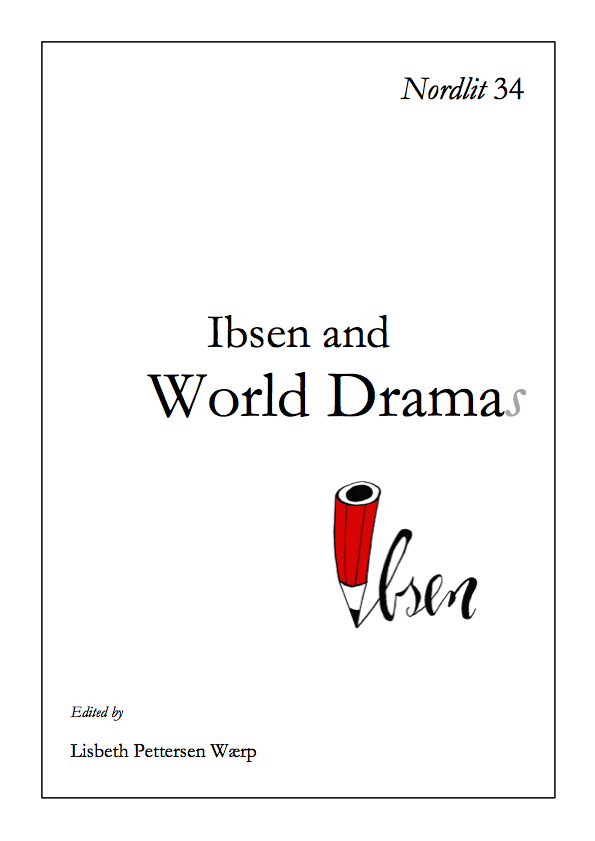The young Ibsen's theatre aesthetics - a theatre of the old free and mountainous north
DOI:
https://doi.org/10.7557/13.3369Keywords:
Drama as theatre, theatre as human action, imagined communities, Norwegian theatre history, dramatic society, Ibsen, common world, Norwegian constitution.Abstract
The overall perspective of this article will be how drama as theatre, plays a part in the making of common worlds. I disagree with Benedict Anderson when he argues that the development of a printed national language was a basis for an imagined community and a condition for the modern nation state. When Ibsen and his contemporaries were fighting for a Norwegian theatre and theatre aesthetics in the 1850s and early 1860s, a written Norwegian language, which was distinctly different from written Danish, did not exist.
In order to explain how the Norwegians could have a common imagined community before 1814 and the background for the young Ibsen’s theatre aesthetics, it is necessary to take a look at the theatre traditions Ibsen and his generation inherited – from, what is often referred to as the generation of 1814. It is also necessary to establish a perspective, which does not focus on written or printed language, but on theatre as human action.
From 1850 to 1864 Ibsen was a prominent representative for a movement who wanted to develop a national theatre. The function of this national theatre was to be a mirror that could help the nation to correct itself, to strengthen the national self-consciousness. The theatre should be a place where the Norwegian people could experience an inner unity and an external demarcation of the nation. Ibsen participated in this national theatre project both as a theatre critic, as a playwright, as the author of prologues, epilogues and songs filled with national sentiment – and he was struggling for governmental support for the Norwegian theatre on this basis.









